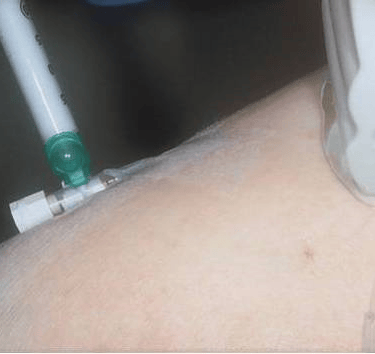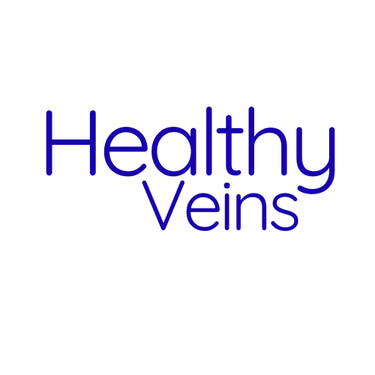Start your journey to healthier veins today!
Foam sclerotherapy
A description of the foam sclerotherapy procedure
Sohail Choksy
12/27/20242 min read


Ultrasound guided foam sclerotherapy involves injecting a chemical mixed with air through a fine needle or a cannula directly into the vein with the aid of an ultrasound scanner. The chemical irritates the lining of the vein and causes it to stick together and block off. This is a flexible technique since almost any vein can be treated, particularly tortuous varicose veins. It can be used as primary treatment but sometimes this technique is used to treat any remaining varicosities after laser or radiofrequency techniques.
The advantage of foam sclerotherapy is that it can be done as an outpatient often allowing patients to go back to work the same day. This treatment sometimes causes some skin staining and temporary firm lumpiness of the veins. This treatment is recommended by NICE as a second line treatment if endothermal treatments, like radiofrequency treatment are not suitable.
Prior to treatment informed consent is obtained and all risks and benefits are explained.
The Procedure
The veins to be treated will be marked out using an ultrasound scanner. Local anaesthetic is given to freeze the skin and a cannula or fine needle is placed in the vein to be treated. The foam is then injected which can be seen on the ultrasound scanner.
During this time the patient is asked to exercise their ankle. After completing treatment a bandage may be wrapped and a tight compression stocking is applied. You will be given specific instructions for removal of bandages etc. This procedure is not painful although some discomfort may be felt during insertion of fine needles or cannulas.
After the procedure
Immediately after the procedure, the patient is asked to take a 20 min walk. Normally after foam sclerotherapy stockings are worn for approximately 7 to 14 days. Sometimes patients are given a blood thinner if they have a higher risk of DVT on VTE risk assesment.
Success of treatment
The vast majority of patients undergoing foam treatment have an improvement in both their symptoms and appearance of their varicose veins.
Side effects
As with any treatment side effects are possible.
The most serious is risk of a DVT (deep vein thrombosis - a clot in the deep vein). This risk is low less than 1/100. If you are higher risk for DVT e.g. if you are on HRT or if you had a previous DVT you may be prescribed a course of blood thinners from between 1-2 weeks to reduce risk of DVT.
Other risks include brownish skin staining, some veins becoming lumpy bumpy for a period of time bruising, bleeding, an allergic reaction to the medication and recurrence of veins.
The surgeon will explain these in details to you prior to the procedure and give you information for you to read.
.
